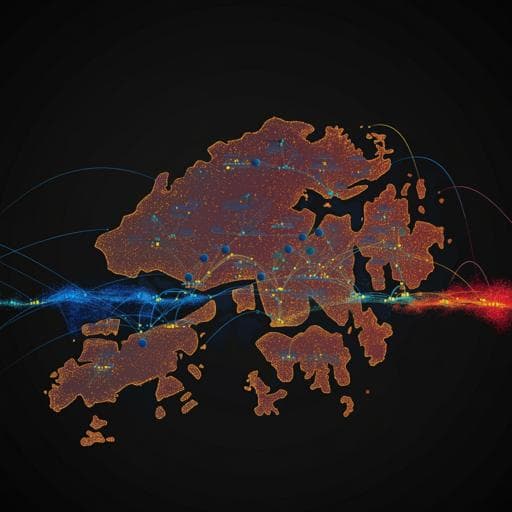
Transportation
Residential and experienced social segregation: the roles of different transport modes, metro extensions, and longitudinal changes in Hong Kong
B. P. Y. Loo, Z. Fan, et al.
This research by Becky P. Y. Loo, Zhuangyuan Fan, and Esteban Moro delves into the evolution of social segregation in Hong Kong over two decades. It uncovers how public transport, especially buses and the metro, plays a crucial role in enhancing social mixing, despite evident inequalities among income groups and a selection bias in metro station placements.
~3 min • Beginner • English
Related Publications
Explore these studies to deepen your understanding of the subject.







